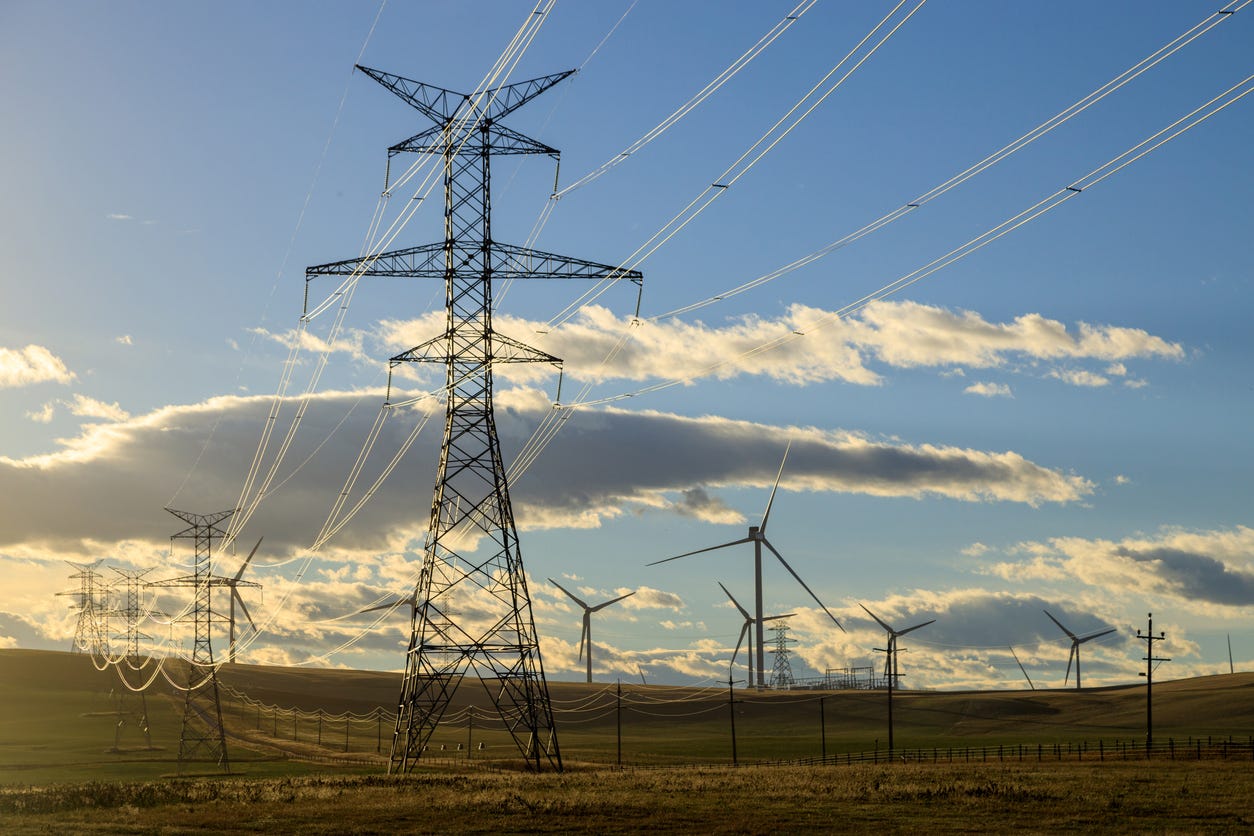As the world strives to combat climate change and transition to a more sustainable energy future,...
Renewable Energy Goals and Transmission Hurdles in California
Its ambitious renewable energy goals embody California's commitment to a sustainable future, particularly in Senate Bill 100 (SB 100). SB 100 mandates that by 2045, all electricity sold in California must come from renewable energy and zero-carbon resources. However, achieving these lofty objectives has significant challenges, particularly in transmission infrastructure.
The Critical Role of Transmission in Renewable Energy Integration
Integrating renewable energy sources into California's power grid hinges on the capacity and efficiency of its transmission infrastructure. Renewable energy sources, such as solar and wind farms, are often located in remote areas, far from the urban centers where the electricity is most needed. Efficient transmission lines are essential to transport this power across long distances with minimal loss.
Current State of Transmission Infrastructure
Despite the state's forward-thinking energy policies, California's transmission infrastructure still needs to catch up with the rapid growth in renewable energy projects. The recent report by the Center for Energy Efficiency and Renewable Technologies (CEERT) and GridLab highlights this disconnect, indicating that California's current transmission permitting process needs to be revised for the volume of new transmission projects required to meet the SB 100 goals.
Permitting Process Bottlenecks
One of the main bottlenecks in California's transmission development is the permitting process managed by the California Public Utilities Commission (CPUC). The process, outlined in General Order 131-D, involves rigorous analyses of the need for the project, along with economic and environmental impact assessments. While these steps are crucial for ensuring responsible development, they often extend project timelines significantly, delaying the integration of new renewable energy sources into the grid.
Legislative Efforts and Setbacks
Efforts have been made at the legislative level to streamline the transmission permitting process. Although vetoed by Governor Gavin Newsom, bills such as SB 420 and SB 619 aimed to raise the voltage threshold for transmission projects requiring a CPUC permit and allow for expedited environmental reviews by the California Energy Commission. These vetoes underscore the complexity and political challenges of reforming the state's transmission infrastructure.
The Zonal Approach and its Implications
The California Independent System Operator (CAISO) has adopted a new “zonal” approach to coordinating transmission planning, interconnection queuing, and resource procurement in response to these challenges. This approach is expected to help reduce the backlog in the interconnection request queue. However, its effectiveness in keeping pace with the state's renewable energy targets remains to be seen.
Emphasizing Investment in Technology and Innovation
A crucial aspect of enhancing California's transmission infrastructure is the investment in technology and innovation, particularly intending to enhance capacity while maintaining reliability. This includes:
- Advanced Grid Technologies: Implementing advanced grid technologies like dynamic line rating systems, which adjust the capacity of transmission lines in real-time based on environmental conditions, can significantly increase the efficiency and capacity of existing infrastructure.
- Energy Storage Solutions: Large-scale energy storage solutions, such as battery storage systems, can help manage the intermittent nature of renewable energy sources, ensuring a consistent and reliable electricity supply.
- Smart Grid Implementation: Developing a smart grid that can intelligently respond to changes in energy supply and demand, integrate various renewable energy sources, and optimize the distribution and transmission of electricity.
- Research and Development: Investing in research and development to explore new materials and technologies that can improve the efficiency and durability of transmission lines, such as superconducting materials or drone technology for maintenance and monitoring.
- Public-Private Partnerships: Encouraging public-private partnerships to foster innovation, share risks, and leverage public and private resources to develop advanced transmission technologies.
The Path Forward
A multifaceted approach is needed to align the state's transmission capabilities with its renewable energy ambitions. This includes streamlining the permitting process, legislative action, stakeholder engagement, investment in technology and innovation, and public awareness and support. California can pave the way toward a genuinely green and resilient energy future through policy reform, technological innovation, and collaborative efforts.


